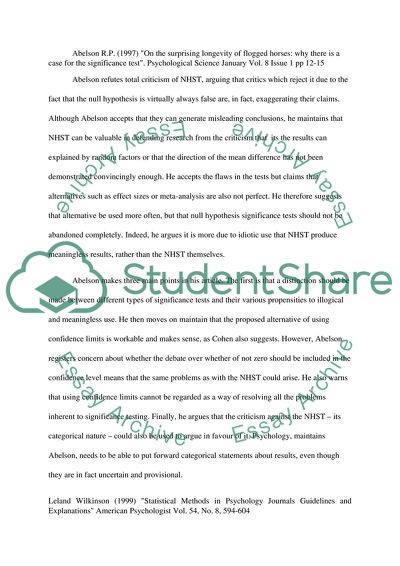Cite this document
(The Criticism of NHST Annotated Bibliography Example | Topics and Well Written Essays - 1750 words, n.d.)
The Criticism of NHST Annotated Bibliography Example | Topics and Well Written Essays - 1750 words. https://studentshare.org/psychology/1726451-psychology-research
The Criticism of NHST Annotated Bibliography Example | Topics and Well Written Essays - 1750 words. https://studentshare.org/psychology/1726451-psychology-research
(The Criticism of NHST Annotated Bibliography Example | Topics and Well Written Essays - 1750 Words)
The Criticism of NHST Annotated Bibliography Example | Topics and Well Written Essays - 1750 Words. https://studentshare.org/psychology/1726451-psychology-research.
The Criticism of NHST Annotated Bibliography Example | Topics and Well Written Essays - 1750 Words. https://studentshare.org/psychology/1726451-psychology-research.
“The Criticism of NHST Annotated Bibliography Example | Topics and Well Written Essays - 1750 Words”. https://studentshare.org/psychology/1726451-psychology-research.


